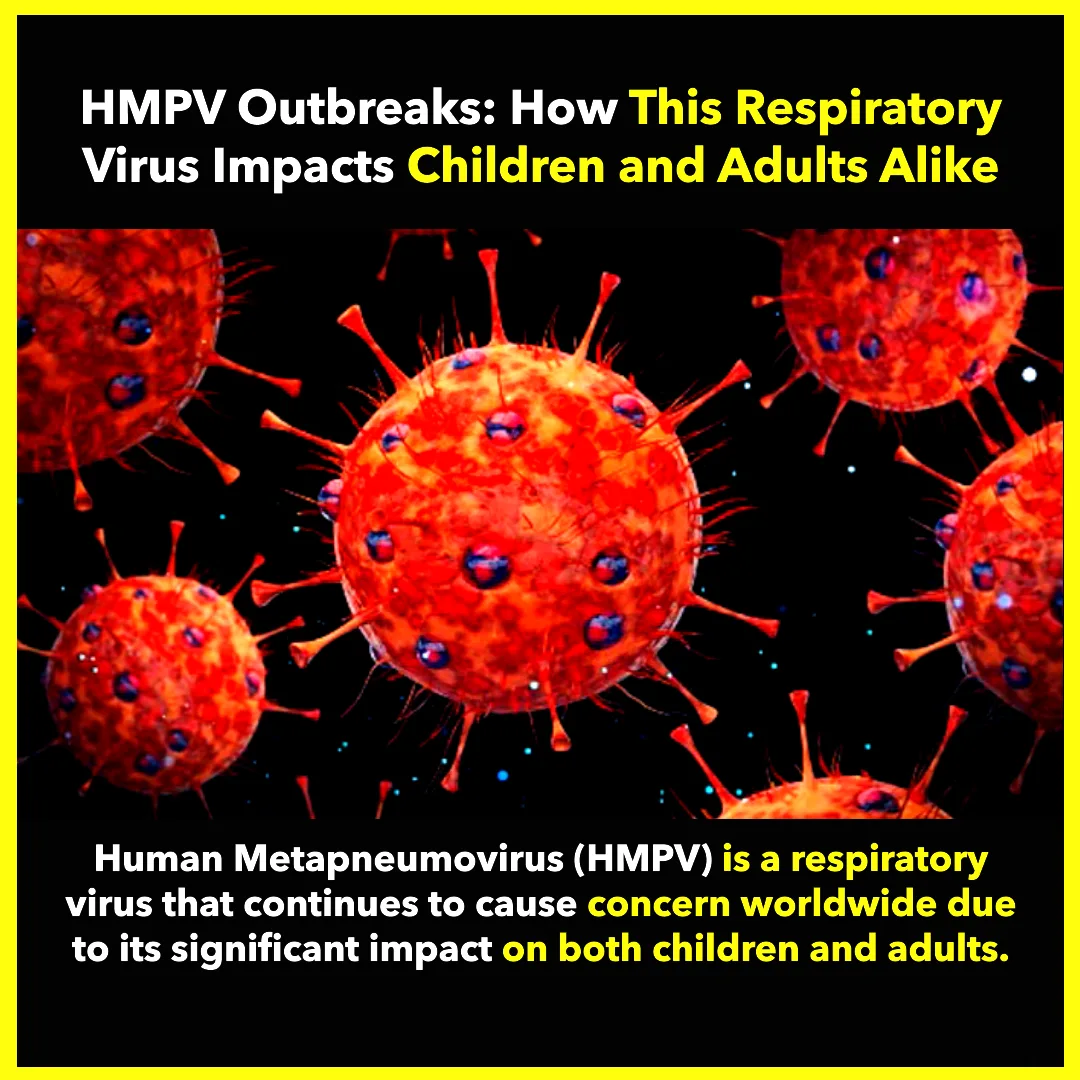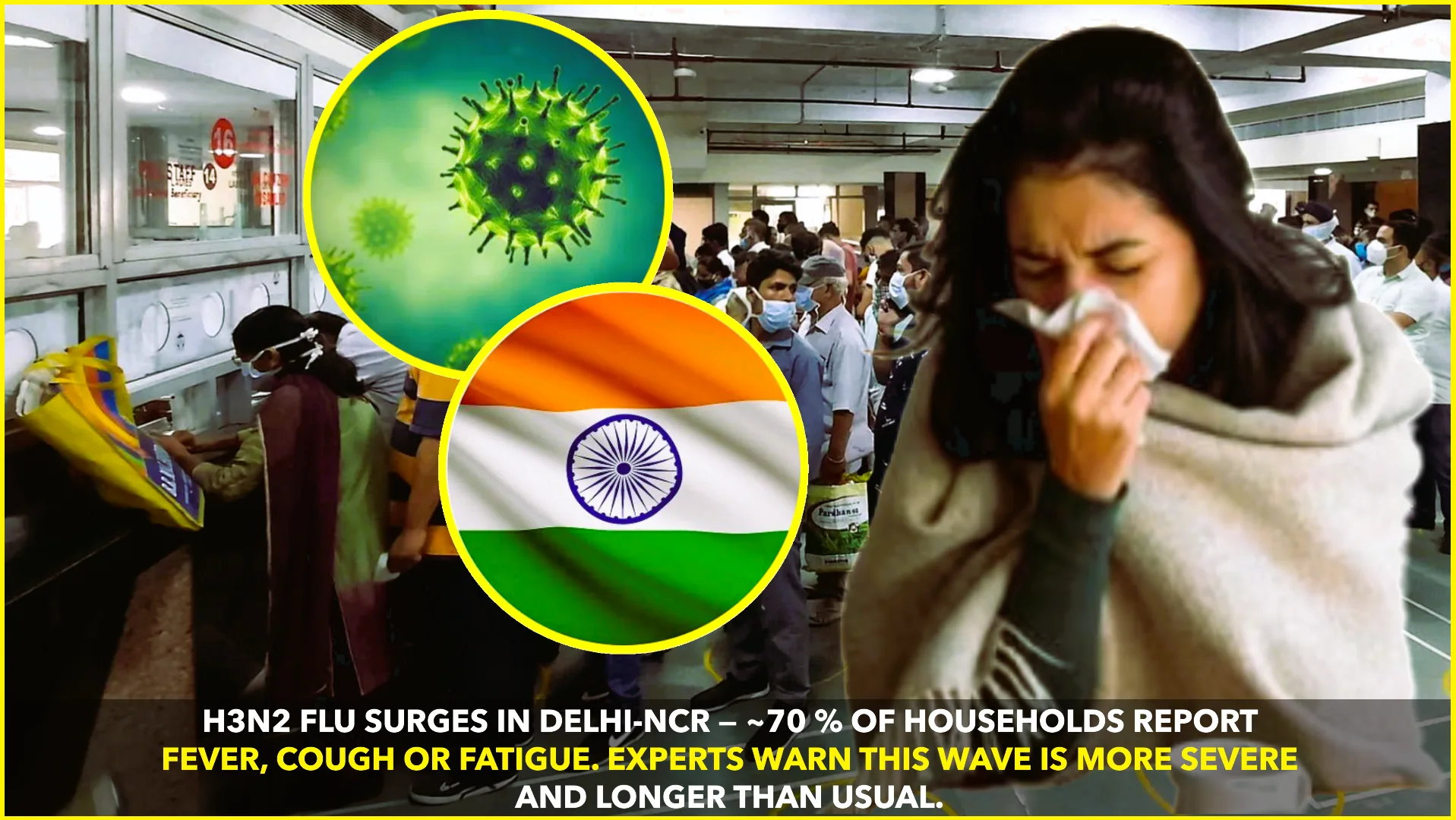Human Metapneumovirus (HMPV) is a respiratory virus that continues to cause concern worldwide due to its significant impact on both children and adults. Often overlooked, HMPV outbreaks can lead to widespread respiratory illnesses, with severe implications for vulnerable populations. This article examines how HMPV affects different age groups, its symptoms, and strategies to prevent its spread.
Understanding HMPV
HMPV belongs to the Paramyxoviridae family and is closely related to Respiratory Syncytial Virus (RSV). It spreads primarily through respiratory droplets and contact with contaminated surfaces. HMPV is a seasonal virus, with most outbreaks occurring during late winter and early spring.
Impact on Children
Children under the age of five are particularly vulnerable to HMPV. The virus can cause severe respiratory illnesses, including:
- Bronchiolitis
- Pneumonia
- Croup
Common symptoms in children include fever, cough, runny nose, and difficulty breathing. In severe cases, hospitalization may be required. Parents should be vigilant, especially during peak seasons, and seek medical attention if symptoms worsen.
Impact on Adults
While HMPV is more commonly associated with children, it also poses a risk to adults, particularly:
- Elderly individuals
- People with chronic health conditions such as asthma or COPD
- Immunocompromised individuals
In adults, HMPV symptoms often mimic those of a cold or flu but can escalate to severe respiratory complications in high-risk groups. Early diagnosis and symptom management are crucial.
Symptoms of HMPV
HMPV symptoms are similar across age groups and include:
- Fever
- Cough
- Runny or stuffy nose
- Shortness of breath
- Wheezing
- Fatigue
These symptoms can range from mild to severe, depending on the individual’s health and age.
How to Prevent HMPV Outbreaks
Preventive measures are essential to reducing the spread of HMPV:
- Wash hands frequently with soap and water for at least 20 seconds
- Use hand sanitizers with at least 60% alcohol
- Avoid close contact with sick individuals
- Disinfect high-touch surfaces regularly
- Practice respiratory hygiene, such as covering your mouth and nose when coughing or sneezing
Diagnosis and Treatment
HMPV is diagnosed through laboratory tests, including PCR assays, which detect the virus’s genetic material. There is no specific antiviral treatment for HMPV; care focuses on managing symptoms:
- Over-the-counter medications for fever and pain relief
- Hydration to prevent dehydration
- Oxygen therapy in severe cases
Why Awareness Matters
HMPV outbreaks often go unrecognized, despite their significant impact on public health. Raising awareness can lead to earlier diagnosis, better prevention, and reduced strain on healthcare systems. Research into vaccines and antiviral treatments is ongoing, offering hope for better management in the future.
Learn More About HMPV and Respiratory Health
HMPV underscores the importance of vigilance in combating respiratory illnesses. By understanding the risks and adopting preventive measures, individuals can protect themselves and their communities from this silent threat.
For more information on respiratory health, explore our Health Section.
Internal Links:
External Links:










